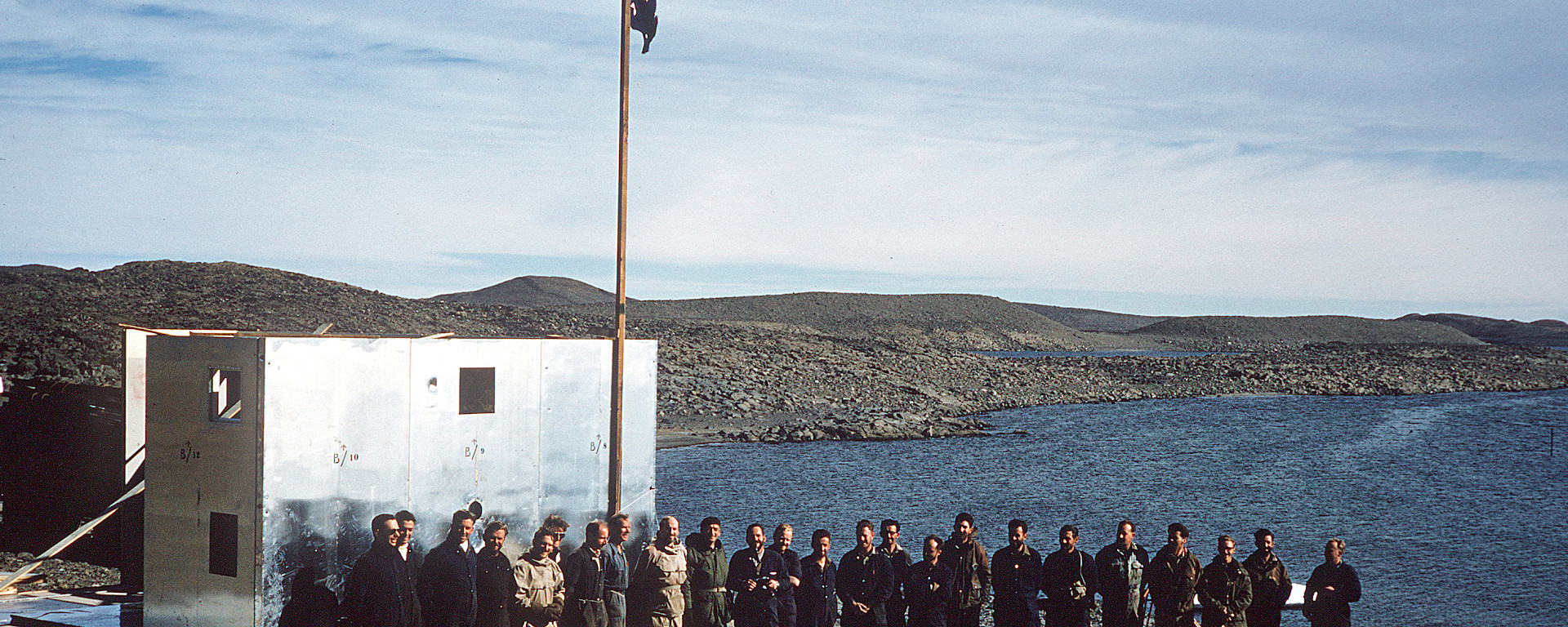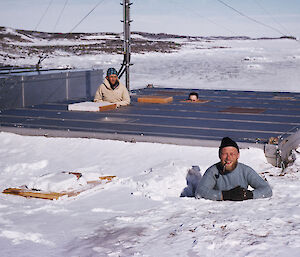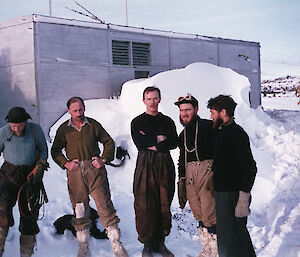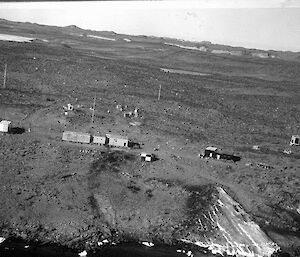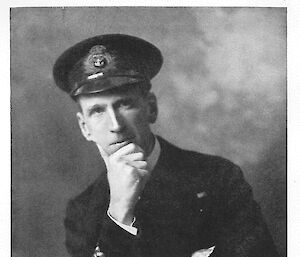Today marks 60 years since Australia established its second research station on the Antarctic continent.
A team of expeditioners, led by former Director of the Australian Antarctic Division, Dr Phillip Law, established Davis station in the Vestfold Hills, in East Antarctica, in January 1957.
The station, consisting of seven buildings, was erected in just eight days before a hardy team of five expeditioners were left at the site for the winter ahead.
Australian Antarctic Division acting Director, Charlton Clark, said the station was named after famous Antarctic navigator and ship Master, Captain John King Davis.
“Captain Davis was a central figure in the early exploration of Antarctica as Master of the Aurora and the Discovery during several expeditions led by Sir Douglas Mawson and Sir Ernest Shackleton,” Mr Clark said.
“It’s fitting that a station which has become such a significant base for a range of scientific studies, including the biology, geology and glaciology of Antarctica, was named in his honour.”
Davis station has also become a hub for international engagement on the icy continent.
“Davis is very close to the Chinese, Indian and Russian stations, so we are able to undertake many joint science and logistical projects together.”
Mr Clark said Davis is an important part of Australia’s future on the continent, as highlighted in the Australian Antarctic Strategy, released by the Government in April 2016.
Davis research station has grown into a modern Antarctic station supporting up to 90 expeditioners in summer and 20 in winter.
Davis is the second oldest of Australia’s Antarctic stations. Mawson research station was established in February 1954 and construction of the current Casey research station started in 1964. The sub Antarctic research station on Macquarie Island was established in March 1948 and has been operating continuously since.

